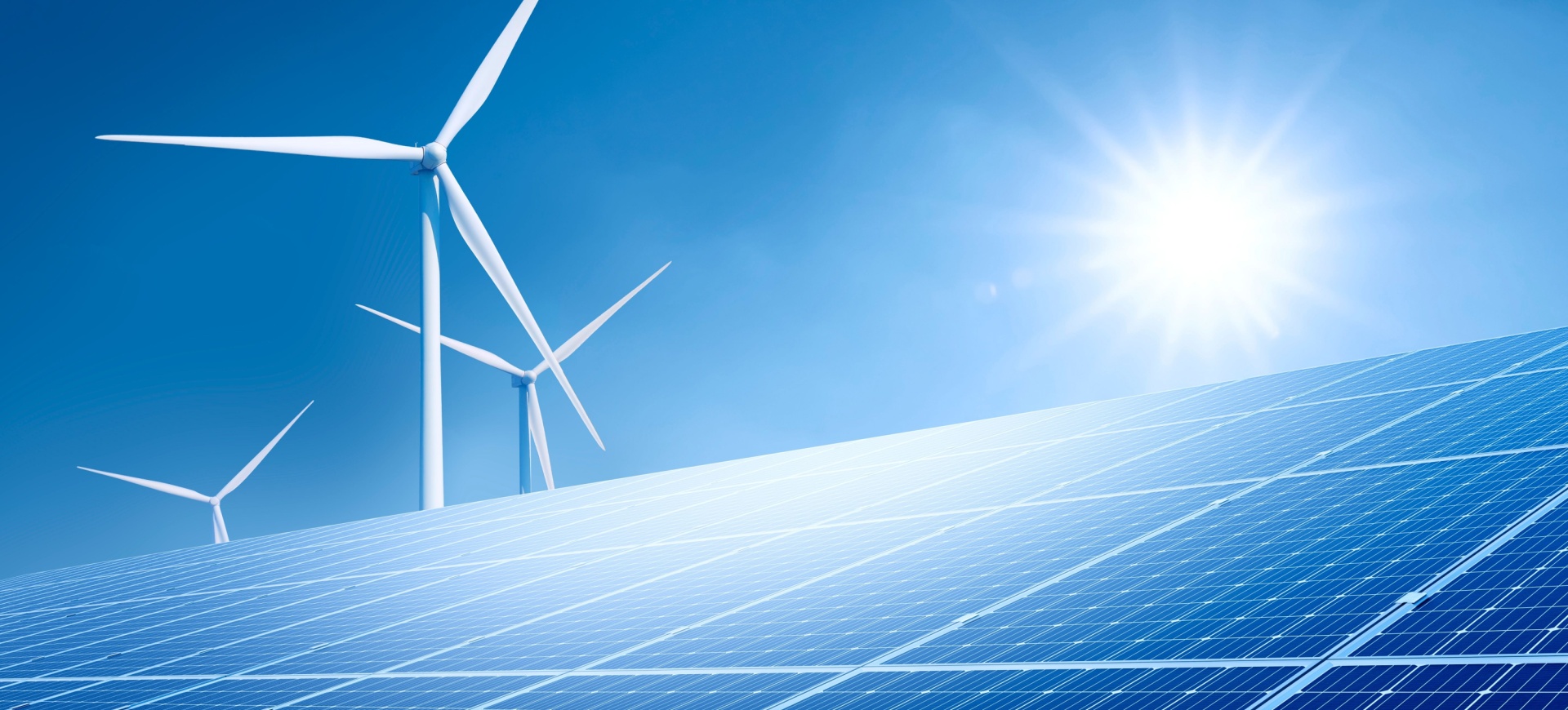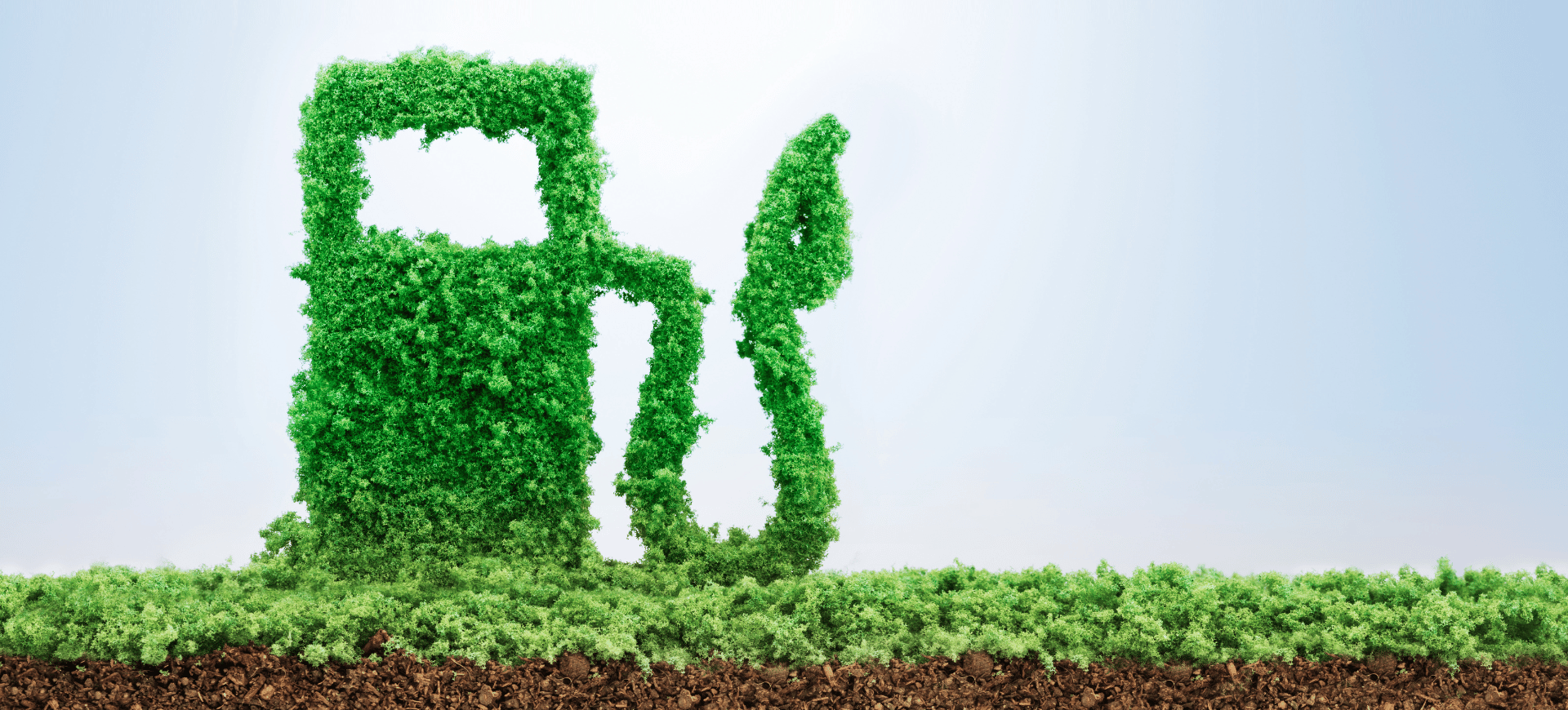The Power of Solar in Taking Us Closer to Net-Zero
Solar energy is now the fastest-growing source of electricity globally, with installed solar capacity surpassing 1 terawatt (TW) in 2022 – a milestone that highlights its central role in the global energy transition. Solar is also one of Europe’s most mature renewable energy sources, having been widely adopted and integrated into the energy grid over the past two decades.
As the solar market continues to evolve, innovative players in the industry now focus on integrating solar capabilities with architectural design, making solar installations more aesthetically pleasing and even suitable for heritage buildings. This attention to design helps broaden the adoption of solar technology, ensuring it fits seamlessly into a variety of building styles while addressing the growing public demand for sustainable energy solutions.
Solar energy, especially photovoltaics (PV), is growing rapidly in the EU for several key reasons. The cost of PV technology has dropped dramatically over the last decade, by 90% globally, making it more accessible and affordable. Additionally, the EU’s strong policy framework and commitment to renewable energy targets have created a supportive environment for solar investments.
In May 2022, the European Commission adopted a forward-thinking solar energy strategy as part of the REPowerEU plan. This strategy sets ambitious targets of over 320 GW of solar PV capacity by 2025 and almost 600 GW by 2030. This is exciting news for the industry. The strategy focuses on accelerating solar installation, fostering innovation, and creating a robust European supply chain. By setting these goals, the Commission is driving the industry forward, contributing to this transformative journey.
Economic growth through renewable energy
For us, it’s not just about reducing carbon emissions; it’s about creating a sustainable future that also drives economic growth and job creation. I often think back to when we first started our business in 2016 – our team was small, but we had big dreams. Fast forward to today, we see how the industry has evolved, creating a wide array of jobs from design and manufacturing to installation and maintenance. 7.2 million solar PV jobs existed globally in 2023, accounting for more than one-third of the total renewable energy workforce.
The impact of solar extends beyond the solar industry itself. New jobs and required new skills in other industries have emerged. Each PV installation represents a step towards a greener future and a new opportunity for employment and innovation across various sectors. The scalability and sustainability of solar power make it a cornerstone of Europe’s strategy to build a resilient, low-carbon economy. Every project contributes to a more sustainable and economically vibrant Europe.
How the EU is building a skilled workforce to make green ambitions a reality
The launch of the European Solar Academy by the European Commission in 2024 is a significant step forward in securing the future of solar by ensuring we have the teams to make it happen. It’s the first of several EU Academies under the Net-Zero Industry Act (NZIA), aimed at equipping our labour force with the skills needed for net-zero technologies. The Academy will ensure that there is necessary expertise across the entire value chain, from design to installation, which is crucial for meeting sustainability goals and maintaining leadership in the market.
The Solar Academy’s goal to train 100,000 workers in the next three years is ambitious but absolutely necessary. It plans to achieve this through a mix of practical and theoretical training tailored to various roles within the PV value chain. Having skilled professionals, from those designing products to those installing them on rooftops across Europe, is crucial. The Academy will work with industry leaders and educational institutions to create comprehensive training programs, using online platforms and workshops to reach as many people as possible. This initiative will help close the skills gap and support the rapid growth seen in the solar sector.
Fostering a sustainable community
Energy sharing is another exciting development that’s becoming more common. When we talk about sharing surplus solar power, it’s important to understand that anyone whose solar plant is connected to the grid is already sharing energy. It may not be directly with their immediate neighbours, but that excess power is fed into the grid and used by others in the community.
Excellent solar products are designed to maximise energy production, ensuring that any surplus can contribute to the overall grid supply. This increases the efficiency of renewable energy use and supports a more resilient and sustainable energy system for everyone. Every solar roof or solar panel installed helps power homes and businesses nearby, creating a more interconnected and green community.
As we look towards the future, the potential for solar energy is limitless. Innovation will continue to power the transition, bolstered by initiatives like the European Solar Academy and driven by the vision of a greener tomorrow illustrated by ambitious energy targets. Together, with every solar panel installed, we can build a sustainable, low-carbon economy that benefits not only our environment but also our communities and economies.












